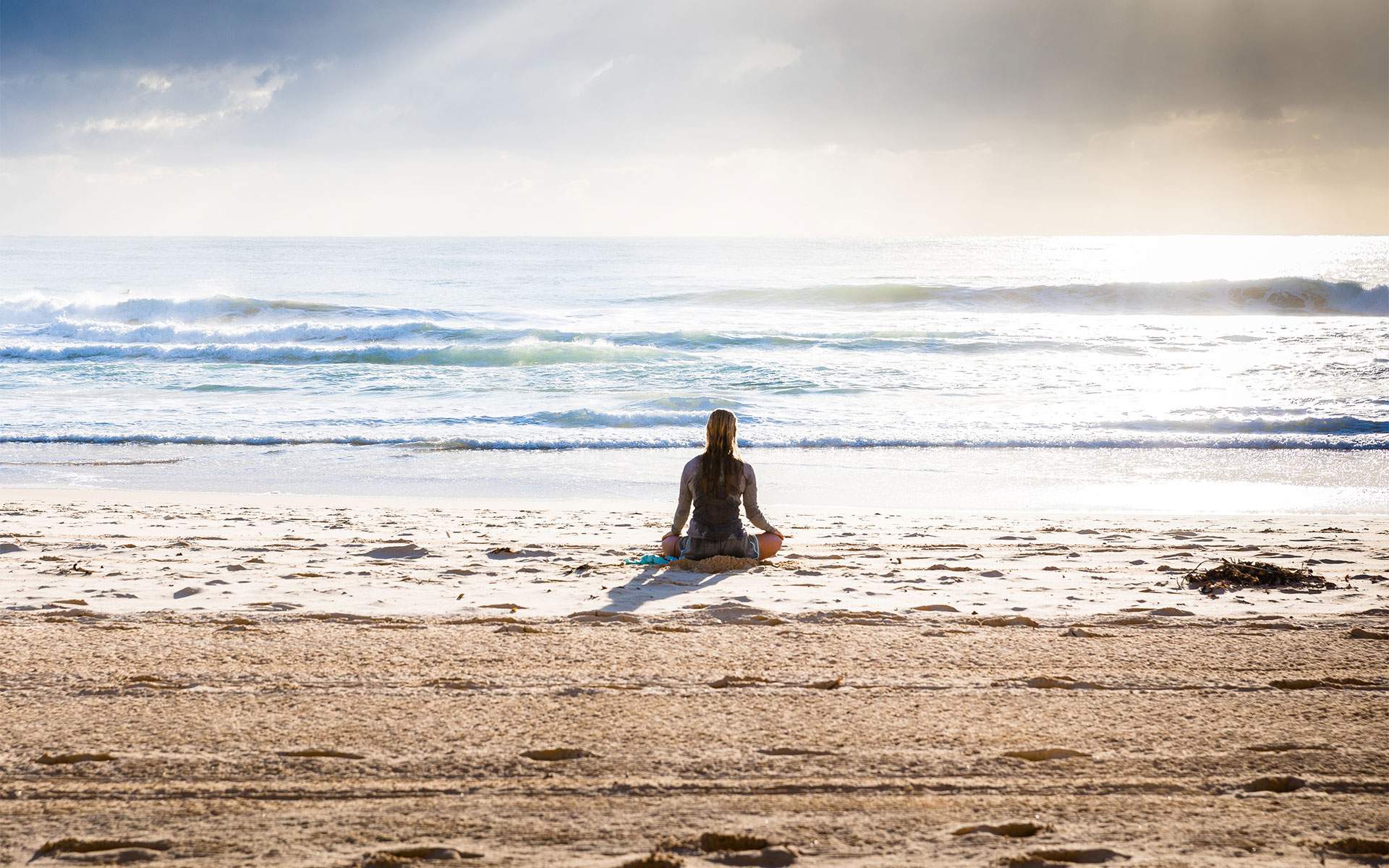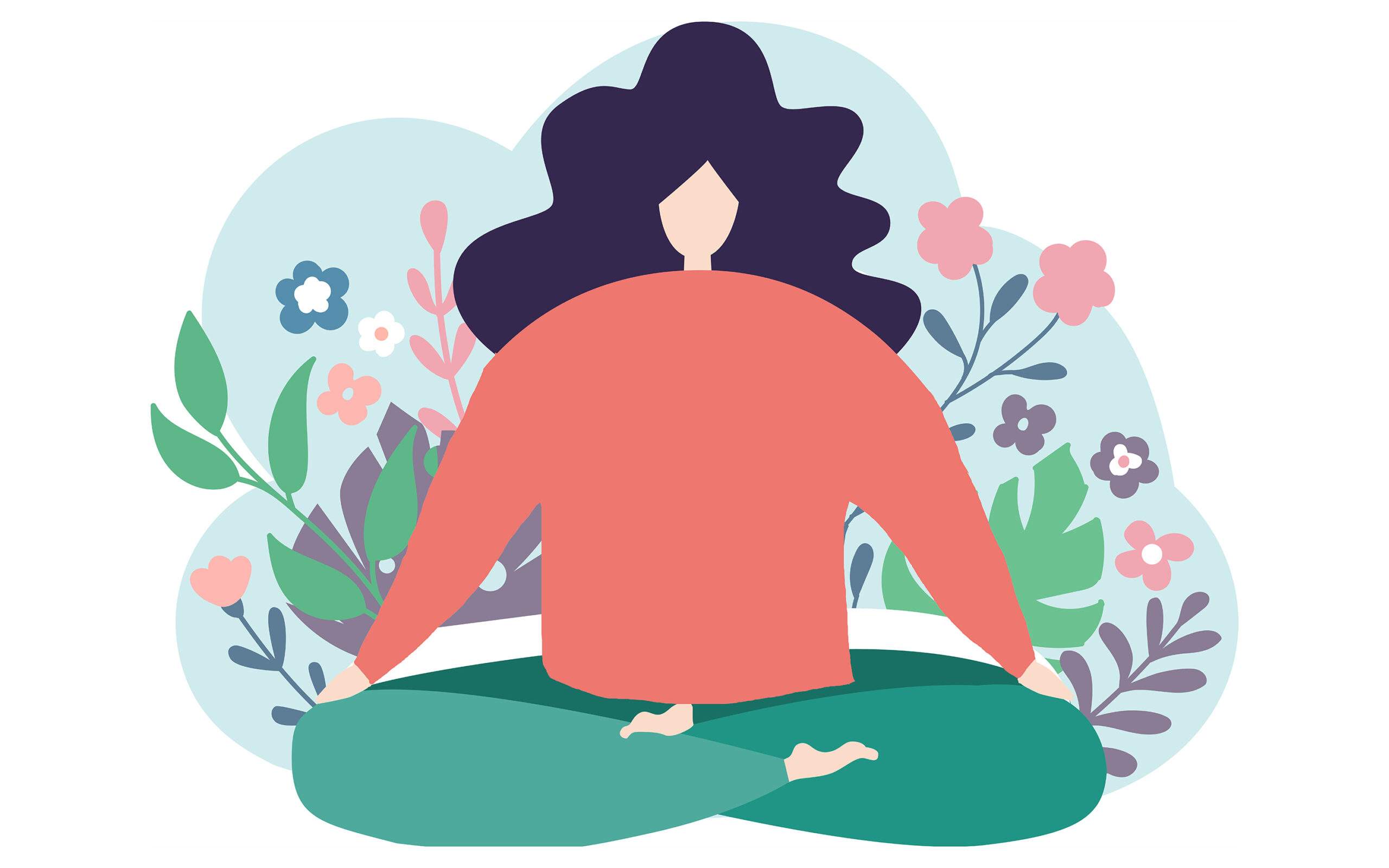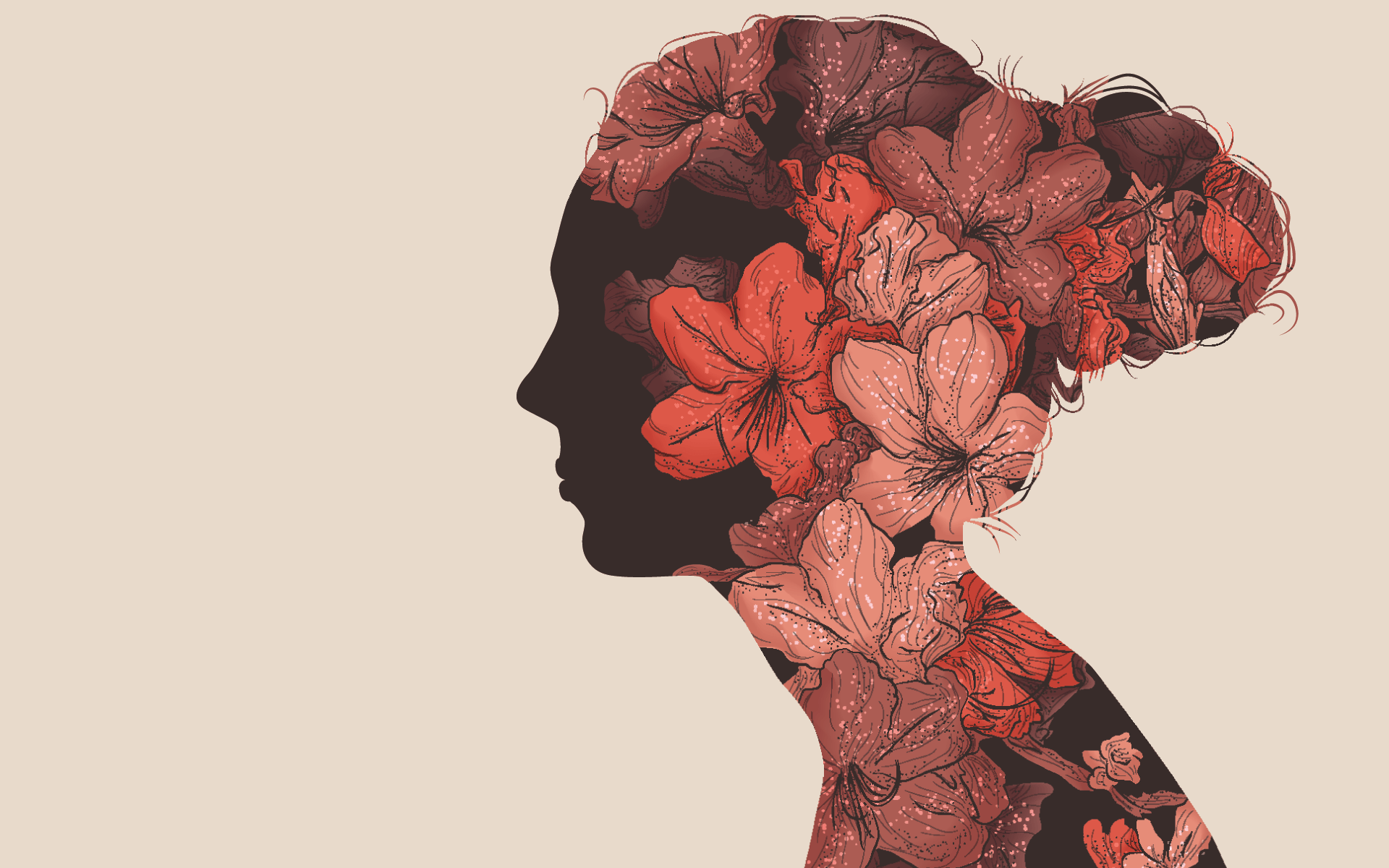Once you’re familiar with basic breath awareness practices, another powerful sitting meditation practice involves expanding the field of awareness to notice the body. This can include awareness of sensations in various parts of the body as they arise, perhaps dominate for a while, and then change over the course of a moment or over the course of an entire sitting, sensations such as discomfort in a knee, or in the lower back, a headache if it arises, or for that matter, subtle or vivid feelings of ease, comfort, and pleasure within the body.
Sensations might include feelings of pressure and temperature at the points of contact of the body with the floor, or tingling, itching, pulsations, aching, throbbing, light touch from the air currents, warmth or coolness anywhere in the body, the possibilities are endless. They may also include significant degrees of physical discomfort or pain that might arise either from sitting without moving for extended periods of time, or from a particular medical condition.
None of these has to be an impediment to developing or deepening your sitting meditation practice, although it is always important to err on the side of being conservative and not pushing beyond your limits of the moment. But, to whatever degree it is possible, we simply sit with an awareness of sensations within the body, whatever they are, noting them as pleasant, unpleasant, or neutral, noting their level of intensity, and as best we can not reacting emotionally to them or inflaming them with our preference for it to be another way so that our meditation might be “better” than what we are experiencing right now.
In a word, we simply put out the red carpet for whatever sensations are arising in this moment and embrace them as they are.
In a word, we simply put out the red carpet for whatever sensations are arising in this moment and embrace them as they are, wherever they are, beneath the colorations of our likes and dislikes and our expectations for how things should be but aren’t, all in the service of cultivating greater intimacy with the nowscape, which, as we’ve seen over and over again in so many ways, includes and is grounded in the body. In this way, we are cultivating an exquisite intimacy with the bodyscape and the sensations through which it makes itself known.
Here is a 20-minute meditation to practice mindfully inquiring into where you feel the breath in the body and tune into sensations in the body.
The Bodyscape Practice to Notice the Body
Bodyscape Practice
20-minute meditation from Jon Kabat-Zinn to practice mindfully tune into sensations in the body.
- Establish yourself in whatever posture feels most appropriate for this moment. Drop in on a sense of the breath, moving in and out of your body as you sit here, or as you live here. Come in touch with the sensations associated with the movement of the breath, wherever they might be most vivid, either at the nostrils or at the belly or in the chest, anywhere. Ride on the waves of your own breathing, moment by moment by moment.
- Experience the full duration of this breath coming in, and the full duration of this breath leaving the body. Aim the attention on these breaths sensations, and sustain the attention as best you can, and the feeling, sensing, knowing, quality of the awareness of the breath, of the awareness itself.
- When you care to, if you care to, play with shifting the primary focus of attention to the points of contact. Of the body with the chair, or with the floor, and simply feeling, sensing the sensations associated with that contact, wherever they are in the body.
- Invite them into awareness. Attend to the qualities, whatever they are, whether the sensations are pleasant, unpleasant, or neither pleasant nor unpleasant. Just allowing them to be as they are. As you rest here in awareness, an awareness that can still include the breath, since the breath is still here and still moving in and out of the body. Almost as if the breath and the sensations in these regions, whatever they are, are coextensive and merge into one another, as different aspects of the same moment and the same body. So just noticing that the breath can embrace the sensations of contact, of touch, of temperature and pressure, hardness, or softness, whatever they are, and bathe those points of contact with awareness. Inviting them to simply be felt and known and held, just as they are in awareness. Outside of thought, just the bare sensations themselves, whether mild, moderate or strong in intensity, whether a pleasant, unpleasant or neutral, not having to do anything about them merely opening to them in awareness in this moment and allowing them to be just as they are. As you rest in the present moment as it is, moment by moment by moment.
- You can experiment with featuring within the field of awareness any particular sensations anywhere in the body. That may in fact be somewhat intense or unpleasant. Perhaps due to your posture and the increasing time, the body is still. Or to some condition of the body that you may be dealing with at this time, sensations that the mind might be tempted to label is uncomfortable, even painful. And instead of reacting or recoiling or distracting yourself in this moment, as we normally might, our getting overly preoccupied with wanting them to be different or to go away and perhaps having the impulse to shift our posture to relieve this intensity. Which of course we can always do if we care to. And which is sometimes a very appropriate and compassionate thing to do, especially if we’re dealing with a chronic condition.
- Intentionally experiment to whatever degree it feels appropriate. With opening to them, and even if it sounds strange or feels strange, befriending them. If just a tiny bit, even for one brief moment. Embracing them in awareness, in the body, wherever they are, whether in one or both knees, or somewhere in the lower back. Or the neck or head or the feet. And just once again resting in awareness. Embracing and knowing these sensations. Allowing them to be as they are, knowing them as mild if they are mild, moderate if they’re moderate, intense if they are intense, pleasant if they are pleasant and unpleasant if they are unpleasant. And only to the degree that you feel ok doing so, perhaps just getting your toe in the water at first.
- For one brief moment, before you contemplate opening to them more fully, put out the welcome mat for them. Especially sensations that can be fairly high in intensity and gradually over the sitting and over many sittings, becoming more intimate and more friendly in accepting terms ,with the whole domain of sensations in the body beyond pleasant and unpleasant, liking or disliking, pursuing or rejecting, thinking and emoting, just as an experiment. And understanding yourself better, choosing to rest as best you can in an open, spacious, awareness of the sensory world, as it is in this moment. And even investigating for yourself, especially if some of the sensations border on or are frankly painful. Is the awareness of these sensations in pain. In this moment, is the awareness of these sensations experiencing any suffering? And just inquiring, and seeing, feeling, sensing what arises in awareness as a result of such an inquiry. And looking into the nature of intense sensation when it arises in the moment.
- Mindfulness is applied in an open-hearted and accepting way. When you’re ready again, if you care to, allow or invite the field of awareness to expand to include the entire envelope of the skin and the air around the body, in a sense of the body as a whole, sitting here or lying here breathing. To include this entire universe of sensations we call the body, or what you might call the bodyscape, noticing perhaps that there is still the sense of the breath moving in and out. But now within the larger context of the whole body, sitting and breathing or lying, you’re breathing and just resting here in an awareness of the body as a whole, complete as it is, however it is, awareness embracing the body, feeling the body, surrounding the body, bathing the body, flowing through the body anywhere and everywhere, just like the breath flows anywhere and everywhere.
- Perhaps you can even feel or imagine your skin breathing, which of course it does. And the feeling of the whole, of the body sitting and breathing or lying, and all of the various sensations fluxing within the body, including the sense of propria ception, the feeling of the body’s position in space and introspection. The overall feeling for how the body is as you rest in a spacious and accepting knowing awareness, that for now this moment allows everything in this universe of the body to be exactly as it is. And to be known and held, then accepted, exactly as it is known as whole, as complete, as your life expression right here, right now, in this moment, through your own direct somatic nonconceptual experiencing, however it is in this moment, whatever your thoughts about it, whatever emotion arises around it from time to time.
- And resting here in this larger knowing, fully embodied from the skin right down to your bones and joints, your muscles and nerves. Awareness filling the miracle of this body just as it is, beautiful just as it is, whole just as it is, complete just as it is, moment by moment by moment by moment. And as this period of practicing together comes to an end, seeing if you can form the intention to allow the embodied mindfulness that you’ve been cultivating to travel with you. As you move from the domain of being more into emphasizing the domain of doing, so that you may be more fully in touch with the carriage of the body. With the body as a whole. With the universe of sensations within that, moment by moment, as you move through all the various activities and demands of your day.
The above is adapted from Jon Kabat-Zinn’s Guided Mindfulness Meditation Series 3, available here. These guided meditations are designed to accompany Jon Kabat-Zinn’s book Falling Awake and the other three volumes based on Coming to Our Senses.
read more
Everyday Mindfulness with Jon Kabat-Zinn
When he started MBSR, Jon Kabat-Zinn didn’t have a detailed plan—just passion and an inkling that lots of good would come of it. He recently spoke with Mindful about his new MasterClass and shared insights on mindfulness and meditation.
Read More
A Meditation for Resting In Awareness
Explore this 30-minute guided meditation from Jon Kabat-Zinn to expand your sense of awareness.
Read More
A Meditation on Observing Thoughts, Non-Judgmentally
This guided meditation from Jon Kabat-Zinn lets thoughts come and go, so you can avoid getting sucked into them.
Read More









